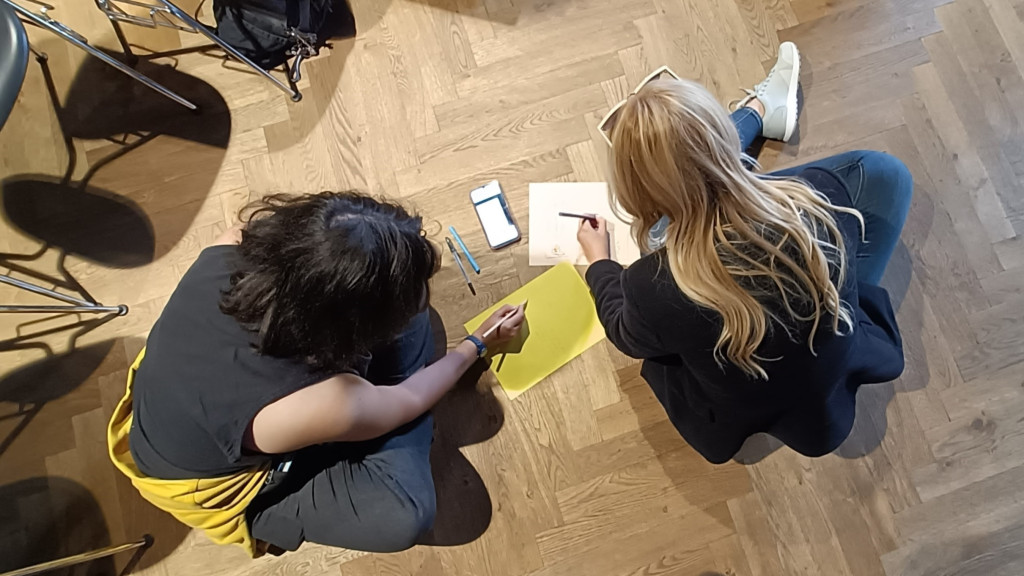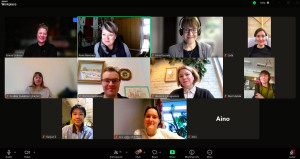Applying grants is a part of artist’s work - Sharing tips and experiences

How do you apply for grants? When is the best time to do it? Why is it important to have an online artistic portfolio? What does the Finnish grant system look like? These questions were addressed during the first year 2025 local National Artist Team (NAT) Zoom meeting, held in late January and organized by Turku University of Applied Sciences (Turku UAS). Professional Media Presence (PMP) project leader Emma Uotinen guided the participants through the jungle of various kinds of grants.
The meeting brought together eight NAT members and three PMP team members from Turku UAS. PMP project leader Emma Uotinen shared valuable tips and information on the grant application process. Participants also discussed their own experiences and shared their tips with the team. After the session, the materials were shared with the whole Turku UAS NAT, so that everyone could benefit from the meeting.
Preparation is key
There are a lot of things to consider already before starting to write the applications. Emma emphasized that every grant application should be in line with the artist’s own strategy and support it. For example, you should not apply for a grant “just in case” – instead, you should consider carefully if the grant is suitable for your project. Preparation is the key to a successful application: Emma encouraged you to make a list of everything needed in the application. If there is an information session, you should go. It is also a clever idea to grab the telephone and ask for advice, if needed.
Successful grant application will evoke emotion, vision, or intellectual reflection in the reader.
Concrete tips
Several NAT members described their experiences in successfully applying for grants and provided practical advice to others. For example, one of the artists encouraged to apply for the Creative Europe individual mobility action grant.
One of the artists pointed out that budgeting feels easier if you are applying funding for smaller projects and working by yourself. Budgeting can be more difficult if the goal is to work with a group. Budgeting was not covered thoroughly in the brief 2-hour-session, but Emma shared some general tips. One of them is to avoid excessive budgeting and be realistic about the budget when applying for a grant.
Another one of Emma’s valuable tips was that a successful grant application will evoke emotion, vision, or intellectual reflection in the reader. The project should also be the right size for the applicant.
It is also beneficial to work not only with your artistic portfolio but also with your own strategy: what kind of projects do you have in the next 2 years? What do you need funding for? What is realistic? It is beneficial to keep track of the application deadlines for the most important grants. Emma emphasized the need to be systematic: applying for grants is a part of an artist’s work.

More opportunities
Check also these opportunities that Culture Hub Croatia spotted for you:
- For emerging photographers: Visual Narratives on Cultural Heritage resilience against Climate Change.
- Open call for one-to-one art project for all artfields in 3 alternative locations (Croatia, Finland, Portugal): one-to-one art.
